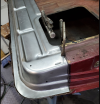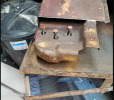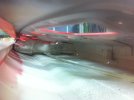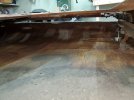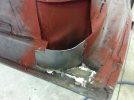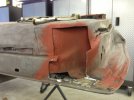I have a 55 Chevy Belair and I am in the process of replacing the lower door frame and lower door skin to fix rusted sections. I want to treat the inside of the doors and rear quarters to prevent further spread of rust. My initial thinking was to clean up what I can reach, then use a rust encapsulation paint for the old metal and epoxy primer for the new metal. After reading posts in this forum I see a rust encapsulation product is not recommended. What is the proper way to treat the inside of the door?
Thanks,
Art
Thanks,
Art

